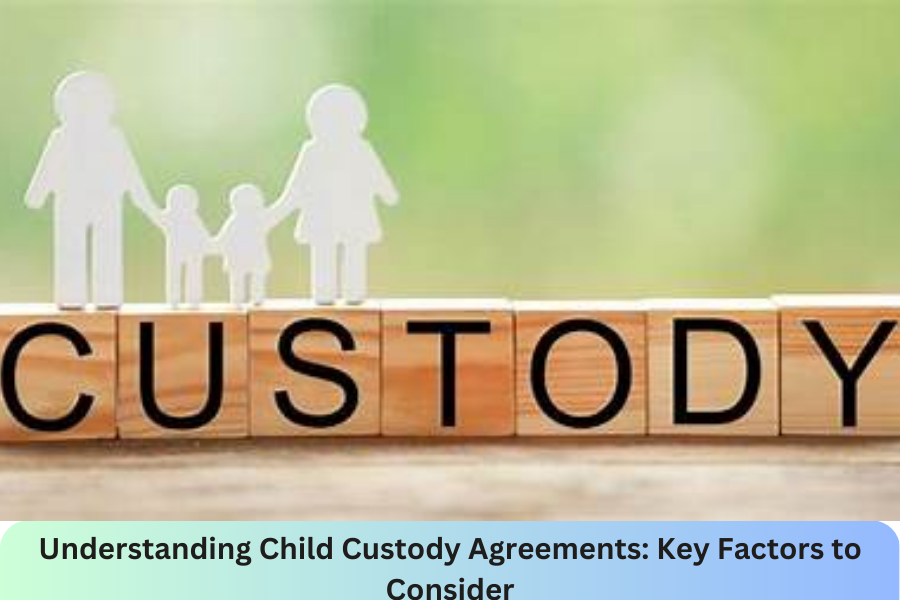Key Takeaways:
- Child custody agreements prioritize the best interests of the child.
- There are different types of custody, including legal and physical custody.
- Factors such as the parents’ living situations and the child’s needs are crucial in determining custody.
- Modifications to custody arrangements can be made if significant changes occur.
Introduction
Making arrangements for child custody can be one of the most difficult parts of a divorce or separation. These agreements are made with the child’s best interests in mind, making sure that the child stays in a caring and stable setting even when family dynamics change. Legal professionals like Genine Mejia often help parents navigate these complex legal waters. We will go over the important things to think about while drafting a child custody agreement in this post, giving you the information you need to make wise choices.
Being informed about the various forms of custody and the criteria that courts take into account might help to ease the stress of the process for all parties.
Types of Custody
Legal Custody
Legal custody refers to a parent’s authority to make significant decisions about their child’s life, including education, healthcare, and religious upbringing. Courts typically strive for joint legal custody, allowing parents to participate in these essential decisions. However, if one parent is deemed unfit or if co-parenting is impractical, sole legal custody may be awarded to one parent.
Physical Custody
Physical custody determines the child’s regular living situation. Joint physical custody encourages strong bonds between the parents by letting the child spend a substantial amount of time with each of them. The child is under the exclusive physical custody of one parent, however the other may occasionally be permitted to see them. The objective is to guarantee that the child resides in a stable and secure environment.
Factors Influencing Custody Decisions
Best Interests of the Child
The central principle in any custody decision is the child’s best interests. Courts assess various aspects to determine what custody arrangement will serve the child’s physical, emotional, and psychological needs. Factors such as the child’s age, health, and emotional ties to each parent are considered.
Parents’ Living Situations
Every parent’s living situation is closely examined to make sure the child grows up in a secure, stable, and supportive setting. The home environments of both parents, the distance between the child’s school, and the parents’ ability to meet the child’s requirements are among the things that courts consider.
Parental Fitness
One important consideration is each parent’s capacity to raise the child. Any past history of drug misuse, domestic abuse, or mental health problems may affect the court’s verdict. Another factor taken into account is the parent’s readiness to help the child develop a bond with the other parent.
Modifying Custody Agreements
Custody agreements are not set in stone and can be modified if circumstances significantly change. Factors that may warrant a modification include:
- A parent’s relocation.
- Changes in the child’s needs.
- A parent’s situation changes affect their ability to care for the child.
Parents can request a custody modification through the court, providing evidence of the changed circumstances.
Conclusion
Navigating child custody agreements requires carefully understanding the various factors and types of custody involved. Parents’ primary aim should be creating a stable and loving environment for their child. By focusing on the child’s best interests and considering the essential factors, parents can work towards a custody agreement that benefits the entire family. Legal professionals specializing in family law, can provide valuable guidance to help parents through this challenging process.



